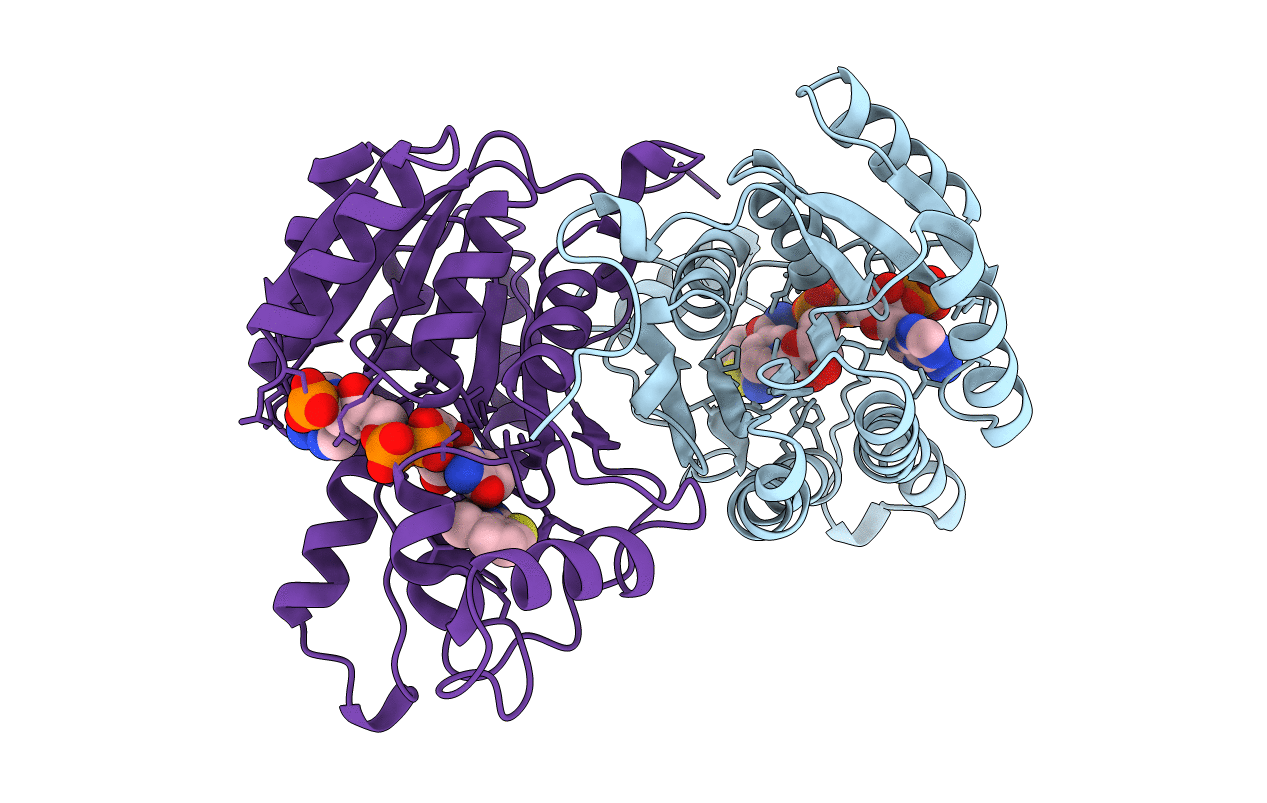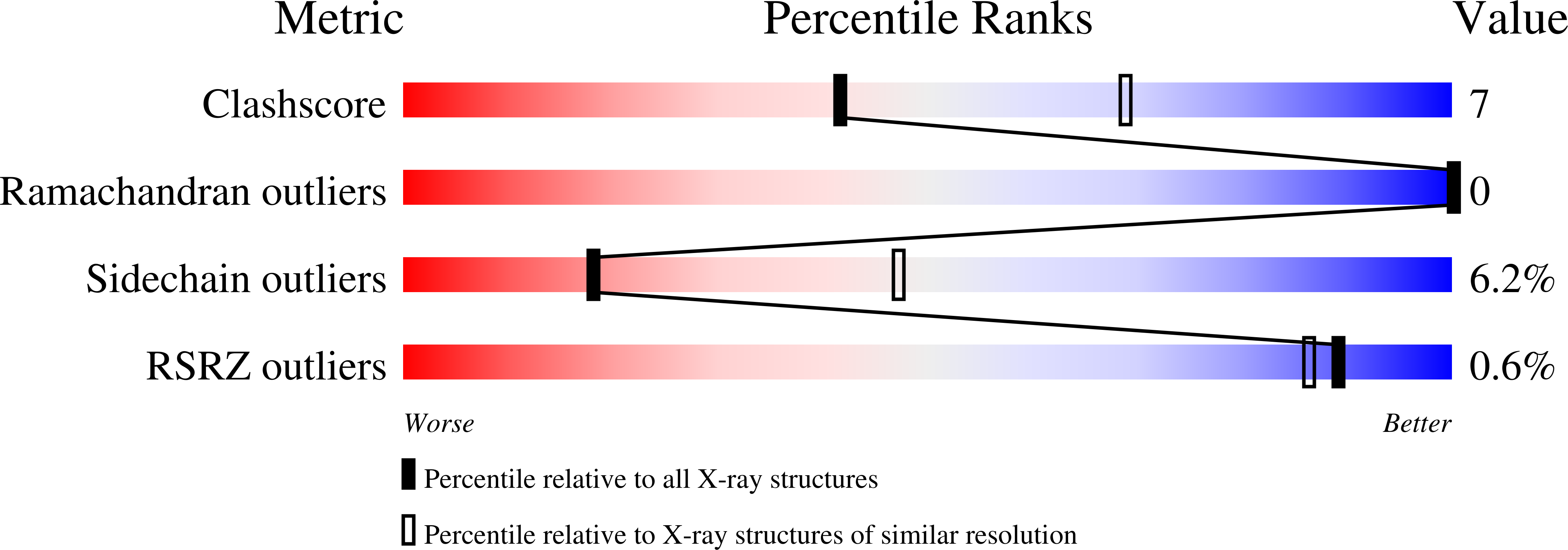
Deposition Date
1996-09-23
Release Date
1997-10-15
Last Version Date
2024-02-14
Entry Detail
PDB ID:
1YBV
Keywords:
Title:
STRUCTURE OF TRIHYDROXYNAPHTHALENE REDUCTASE IN COMPLEX WITH NADPH AND AN ACTIVE SITE INHIBITOR
Biological Source:
Source Organism:
Magnaporthe grisea (Taxon ID: 148305)
Host Organism:
Method Details:
Experimental Method:
Resolution:
2.80 Å
R-Value Free:
0.25
R-Value Work:
0.22
R-Value Observed:
0.22
Space Group:
P 31 2 1


